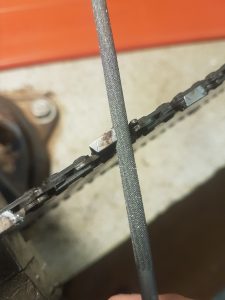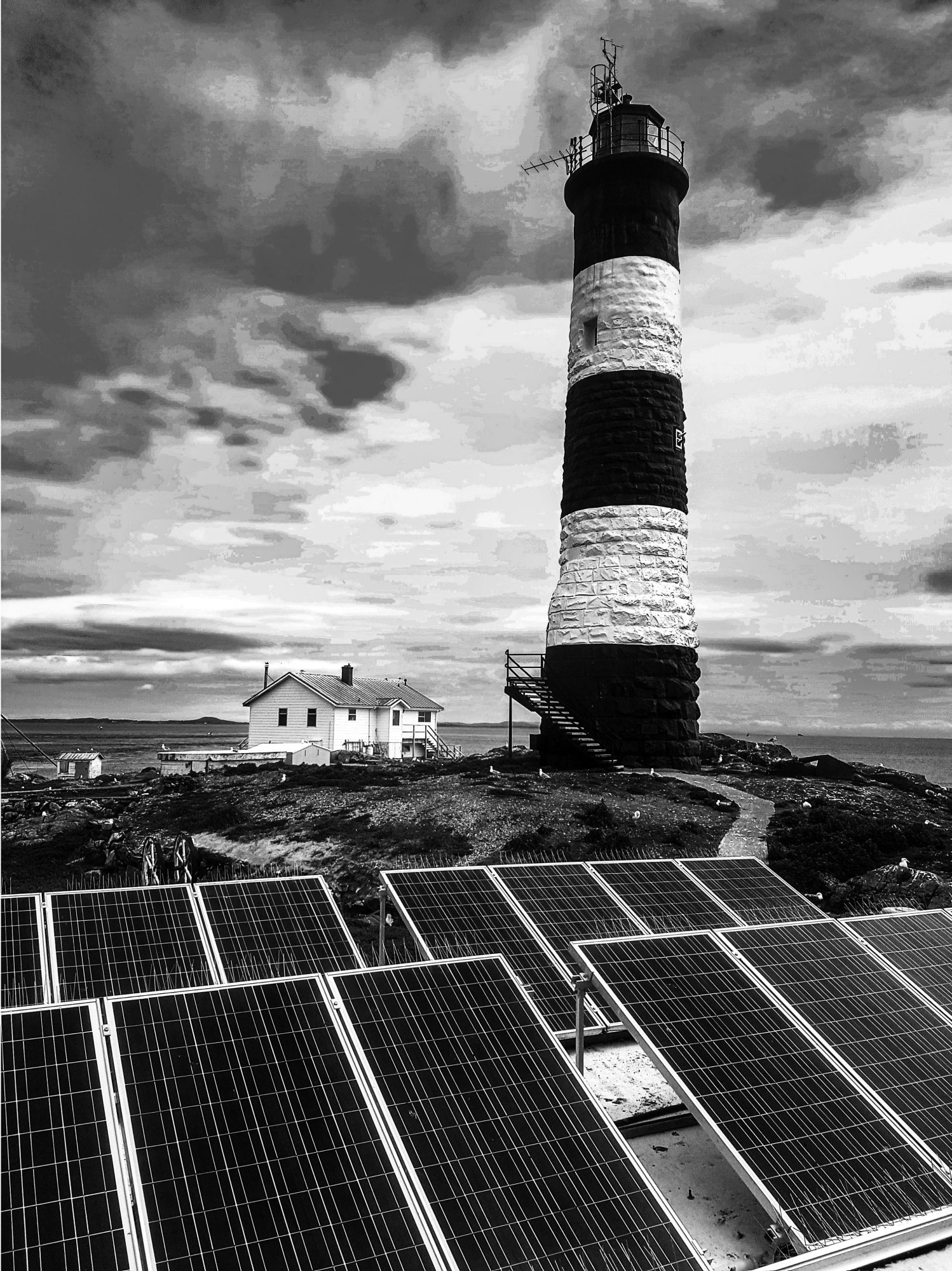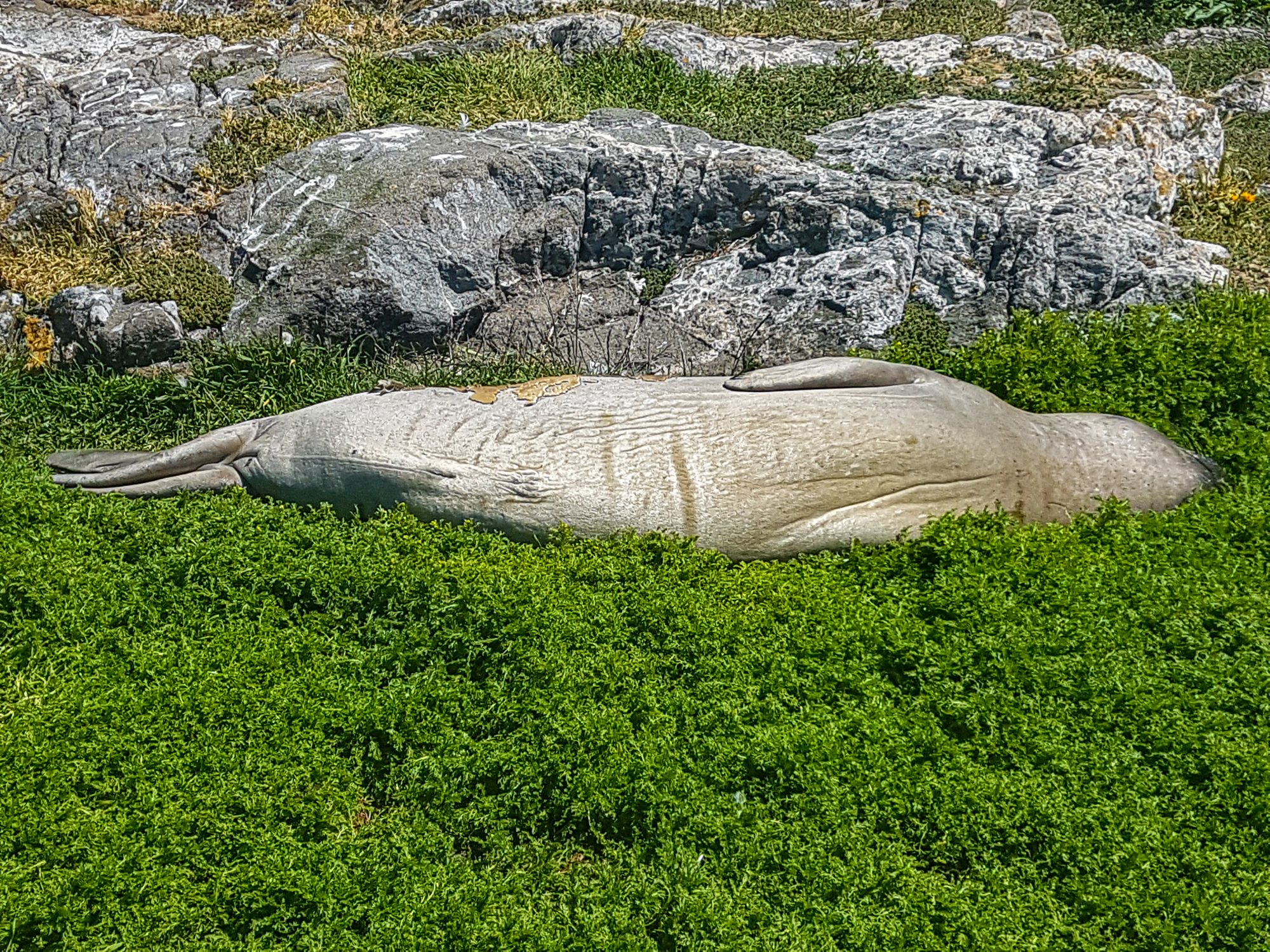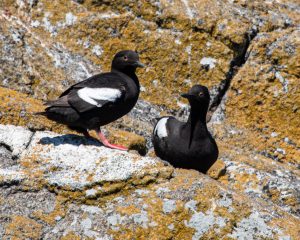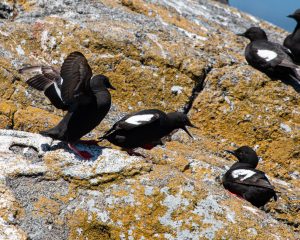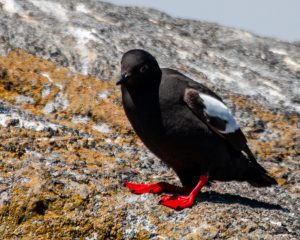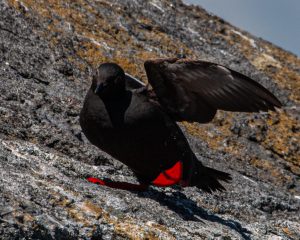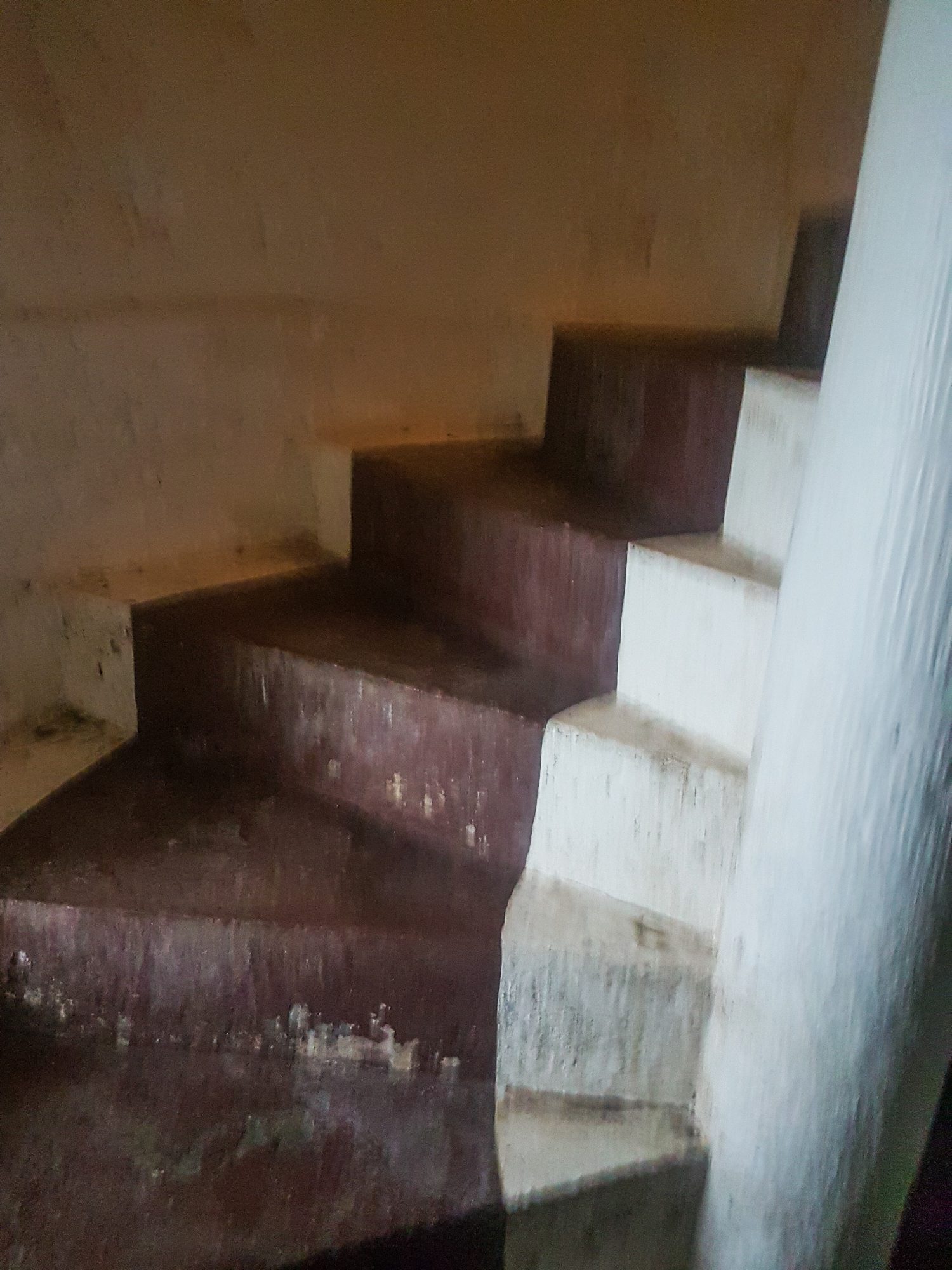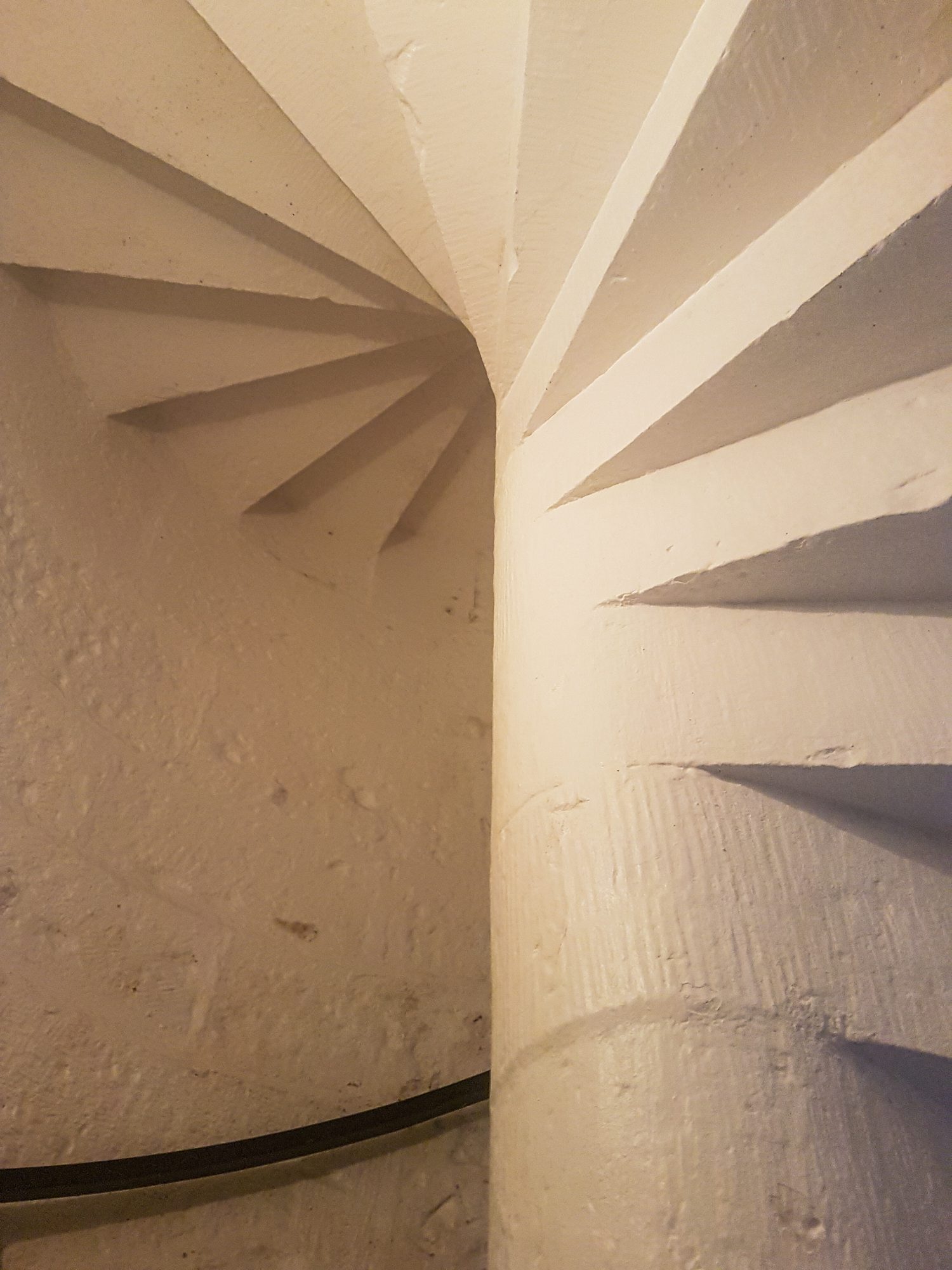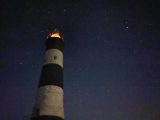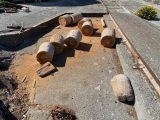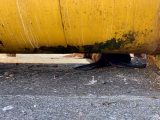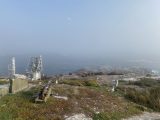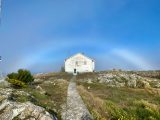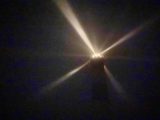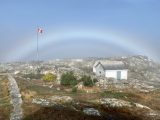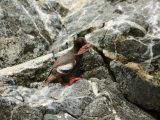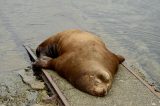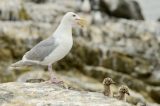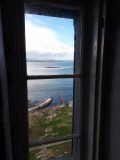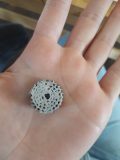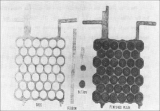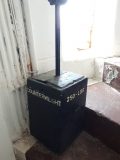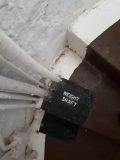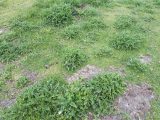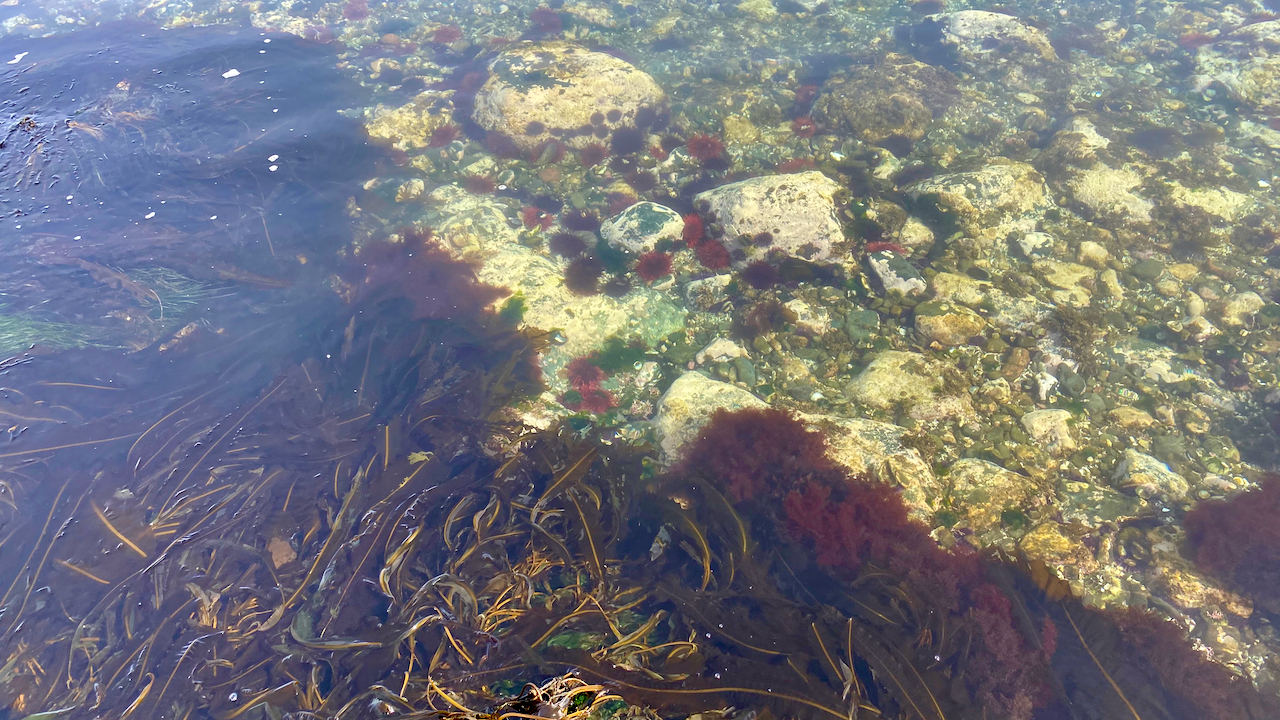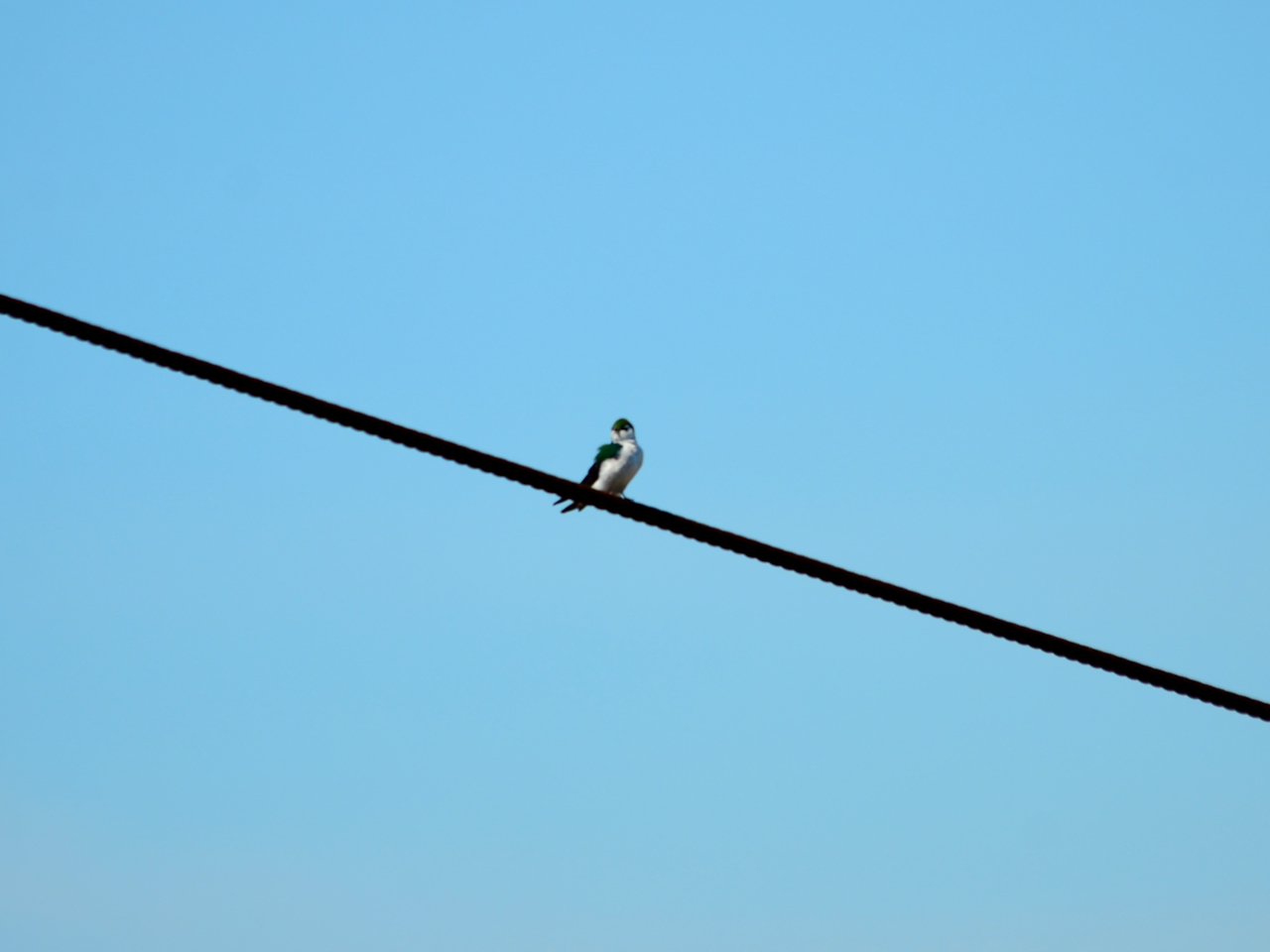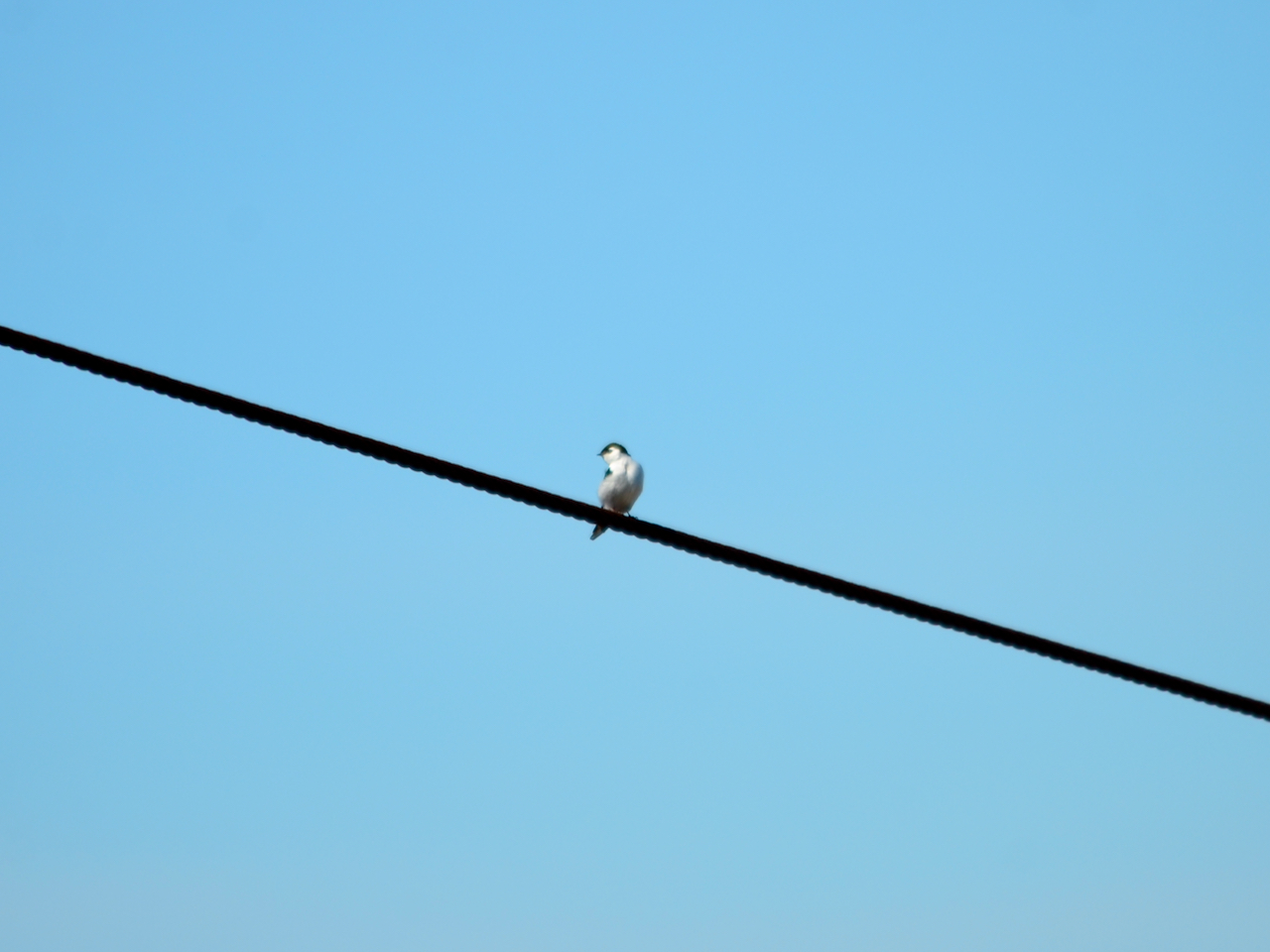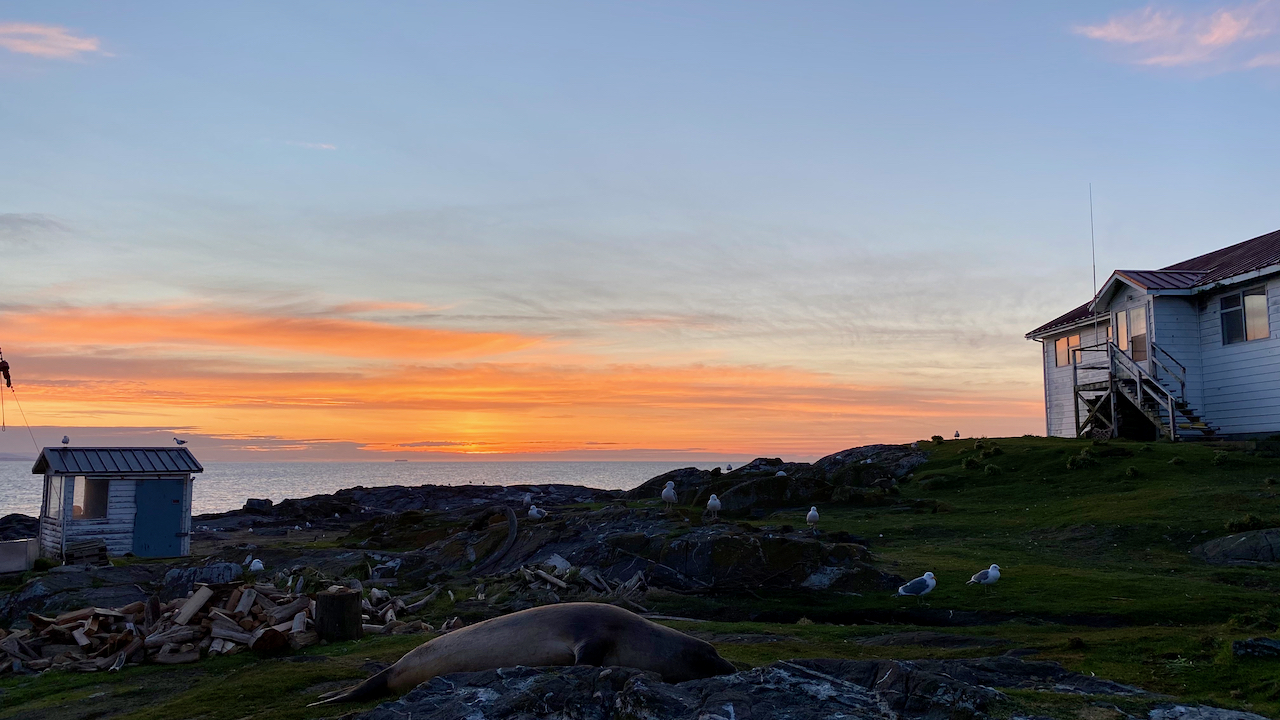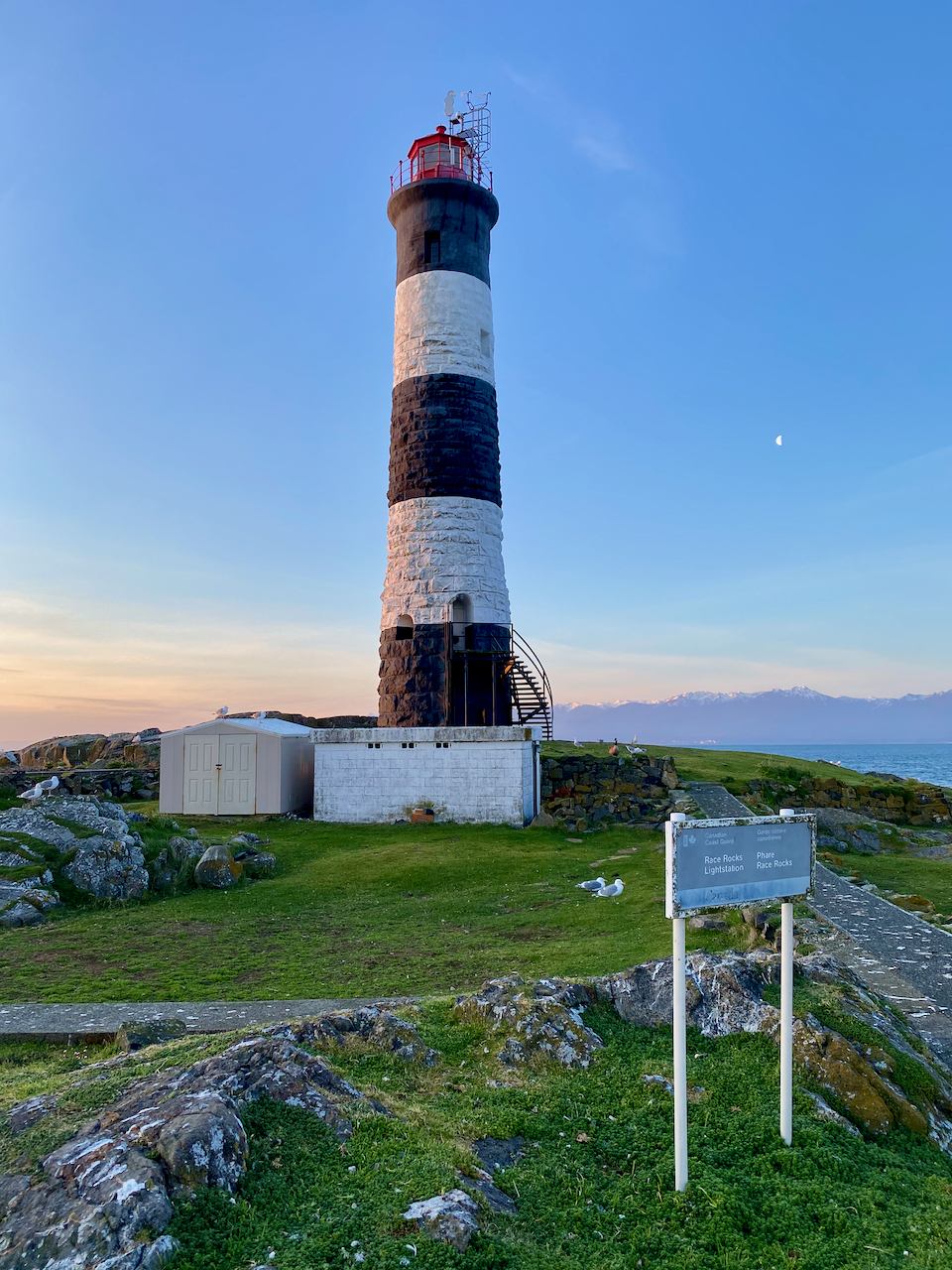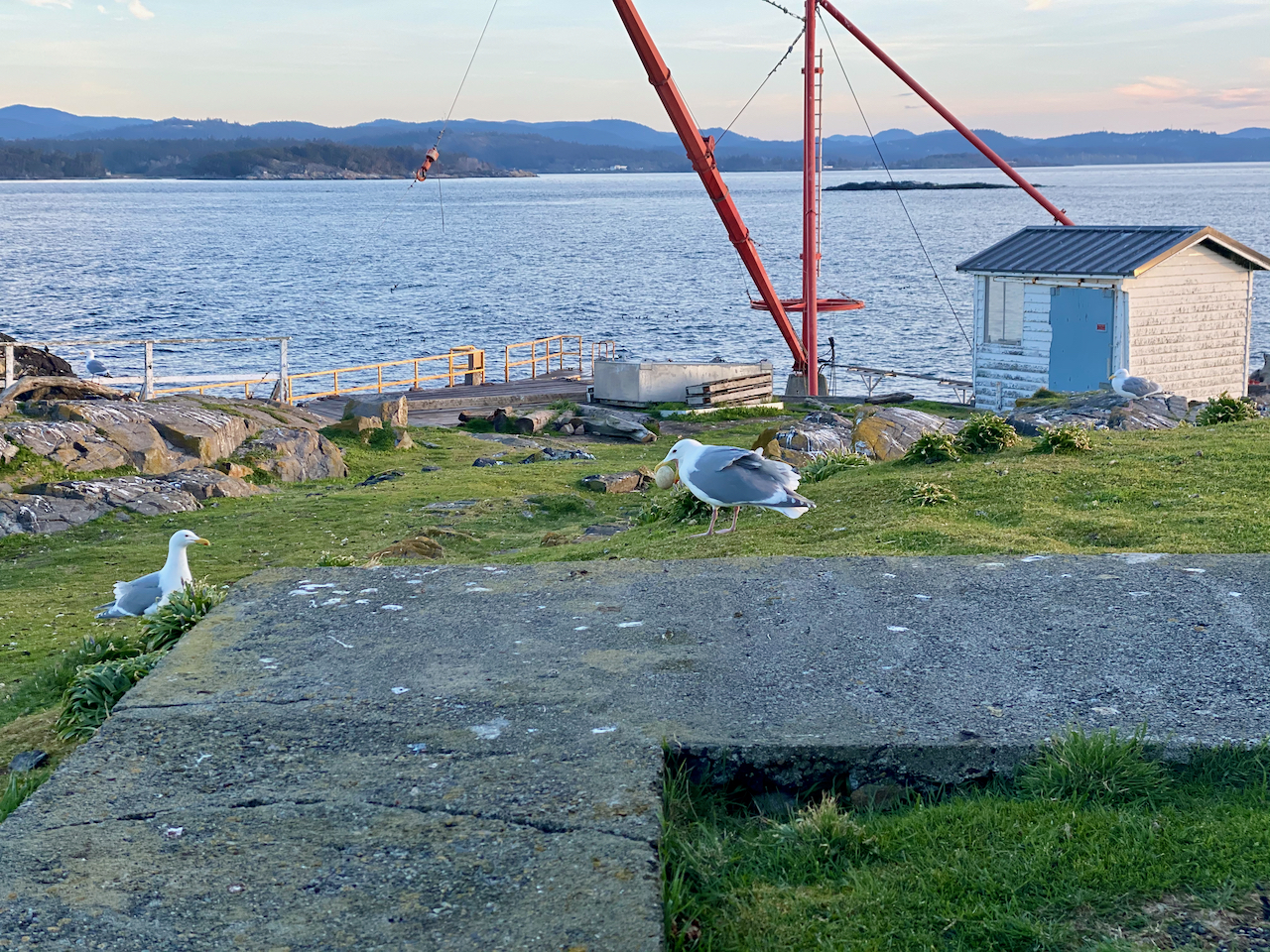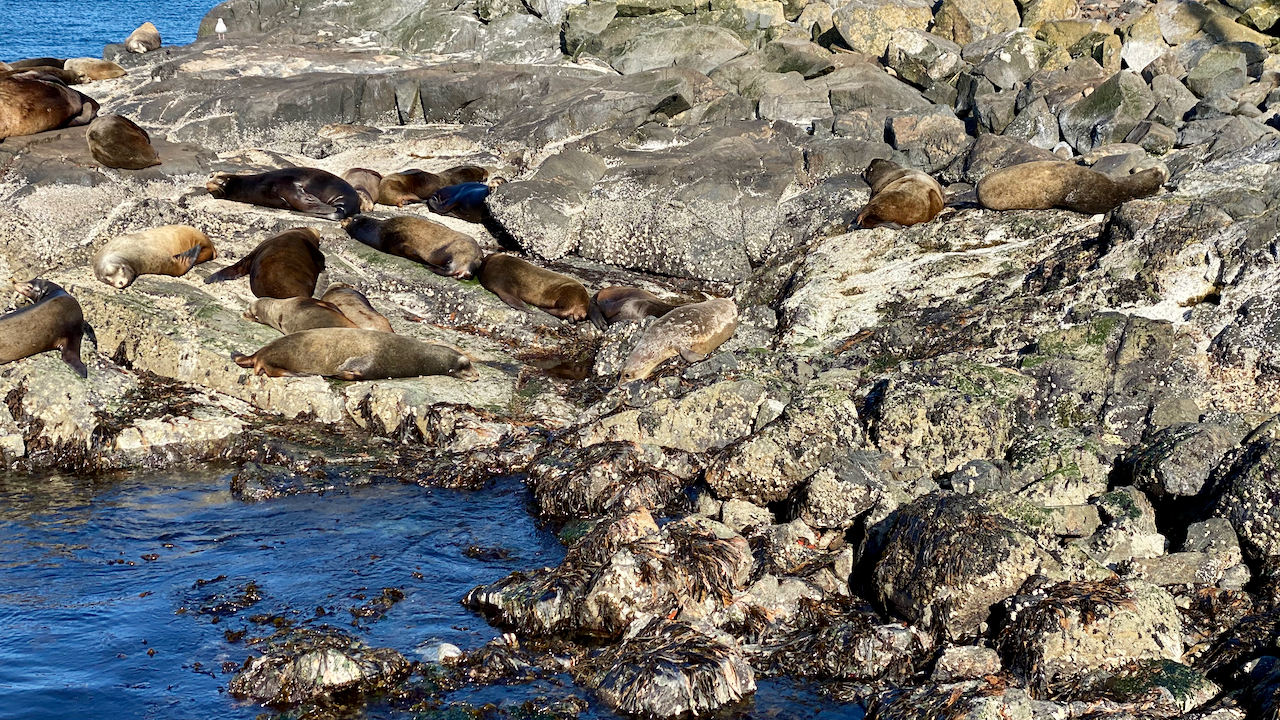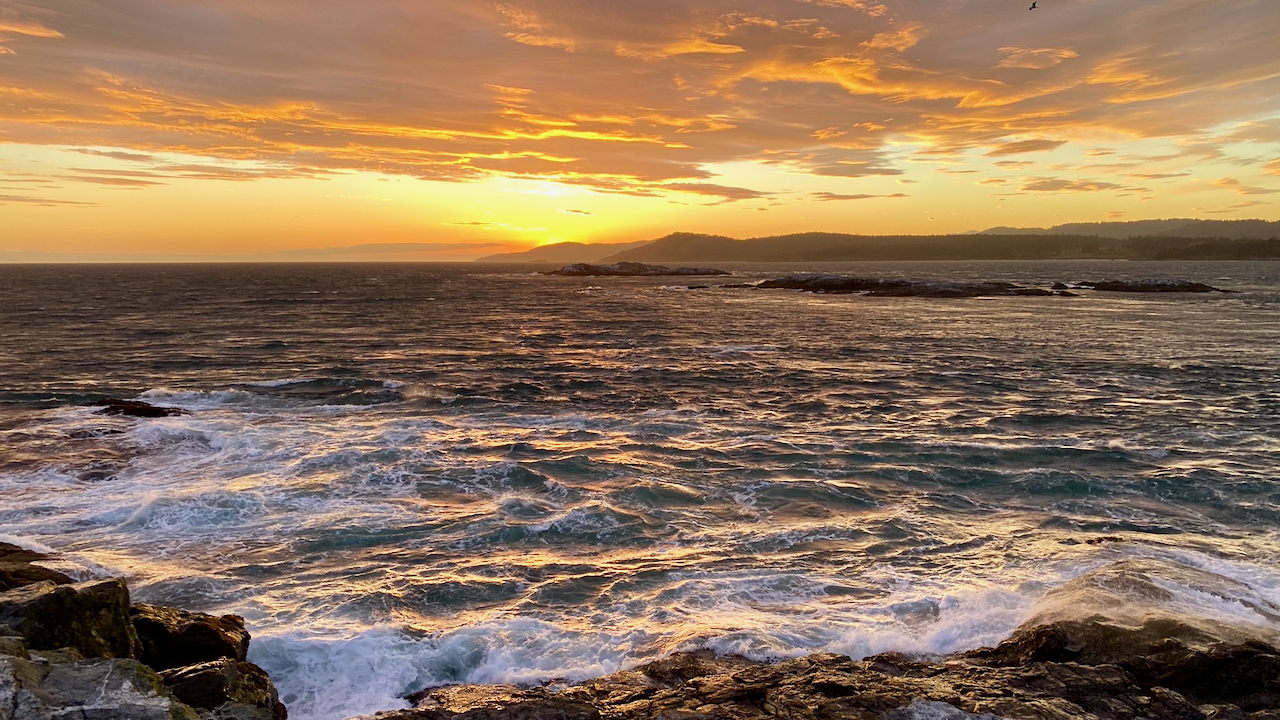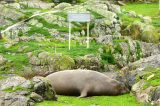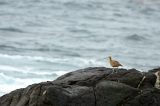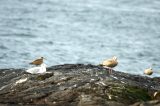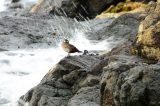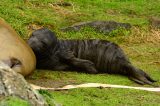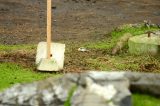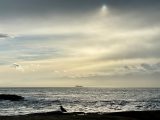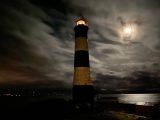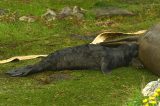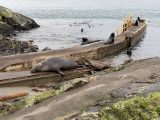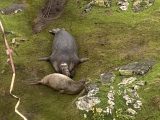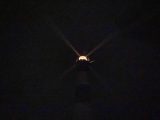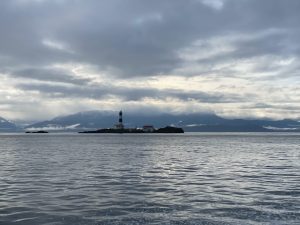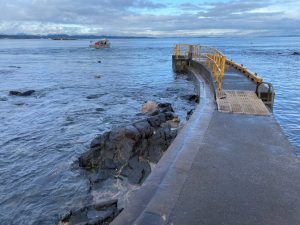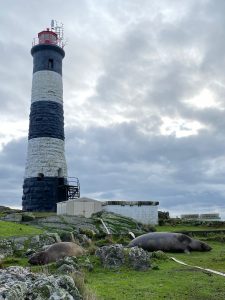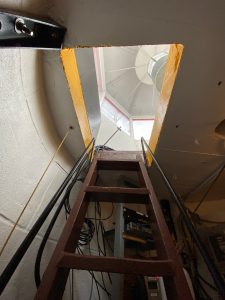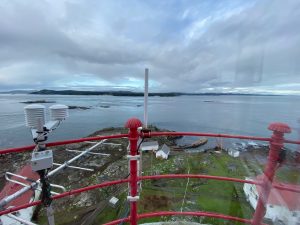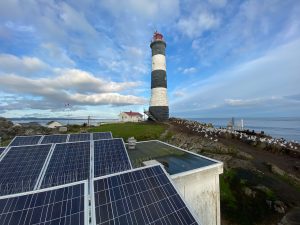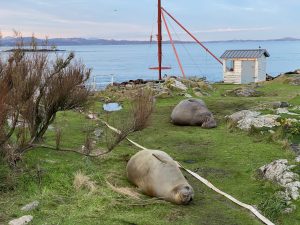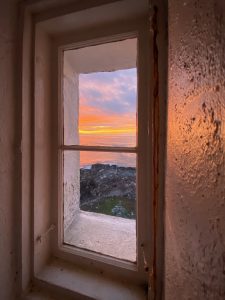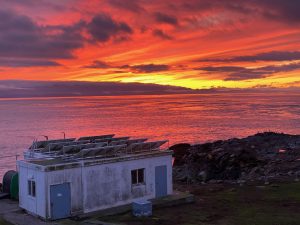Wind: 3-52 knots swinging around from SW yesterday in every direction to NW this evening
Sea State: up to 4 m waves
Visibility: 5-15 NM
Sky: overcast with rain and some sunny patches
Temperature: 5-8 °C
Atmospheric CO2: 413.65 ppm (recorded by NOAA at Mauna Loa Observatory, Hawaii)
It has continued be very windy over the past two days, whipping up big waves from the west. Today, the wind reached a top speed of 54 knots or 100 km/h, which on the Beaufort Wind Scale is force 10, corresponding to a storm. The two higher forces on the scale are 11 (56-62 knots violent storm) and 12 (64-71 knots hurricane). See the photos and videos below for some windy and wavy views.
The wind cleared off the South Seal Rocks of its usual inhabitants of steller sea lions. They were floating in sea lion rafts and surfing the waves for most of the day. When the wind died down a bit in the late afternoon, I walked in the intertidal zone which at low tide connects the main island with the closest of the South Seal Rocks. I hadn’t been able to walk around there in the past two weeks I have been here, due to the hauled out sea lions. It was great to see the main island from the perspective of a sea lion. On my walk around, I found some intertidal trash, some of which has been there for a while. See the photos below for some of my finds.
On Monday, there is a planned visit from some electricians and technicians to do some work on the desalinator and energy system. These will be the first visitors in a week and a half. If all goes according to plan, the desalinator will be operational by early afternoon and pumping water into the tank.
During my time here in the past two weeks, I have used 800 L of water, according to the gauge on the water tank as well as the three consumed drinking water jugs. While I’m conscious of my water use, I still do all the normal tasks like cooking, drinking lots of tea, washing dishes, showering and doing laundry. As a comparison, the 2018 average day per capita water use in Vancouver, BC was 444 L. I’m doing all right!
-
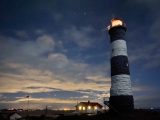
-
The bright moon last night offered a great view of the lighthouse and ecoguardian’s house
-
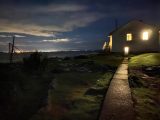
-
My walk back to the house in the evening after turning off the generator. The bright lights in the distance are Esquilmalt and Victoria.
-
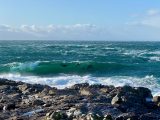
-
Sea lions swimming through the waves
-
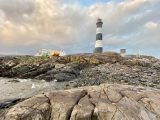
-
A rare sea lion’s view from South Seal Rocks of the energy building, lighthouse and fog horn.
-
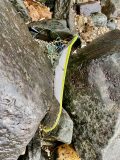
-
Large fishing lure wedged between rocks in the intertidal zone
-
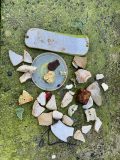
-
Intertidal trash finds: fishing lure, glass, ceramic, metal, plastic
-

-
Rusted metal found in the intertidal zone
-
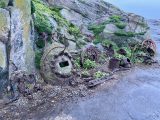
-
I moved my metal finds up onto the island with the other remnants of the old engine room.
Video: A panoramic view of the whole island and waves as seen from helicopter pad. The sound is quite loud due to the strong wind.
Video: Watching hail on the window from the comfort of inside the house, while the elephant seal neighbours brave the elements outside. It hailed three times today.

